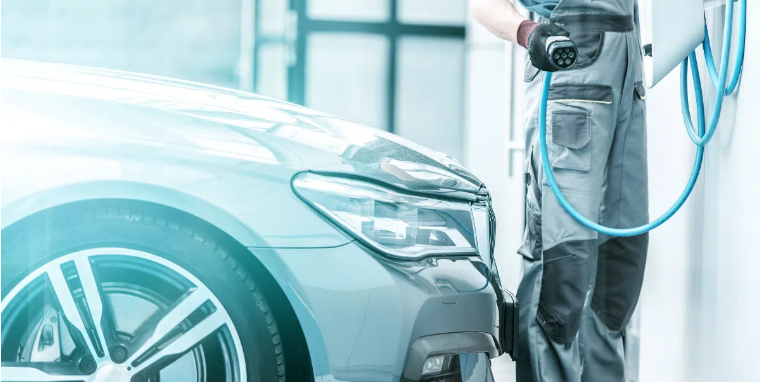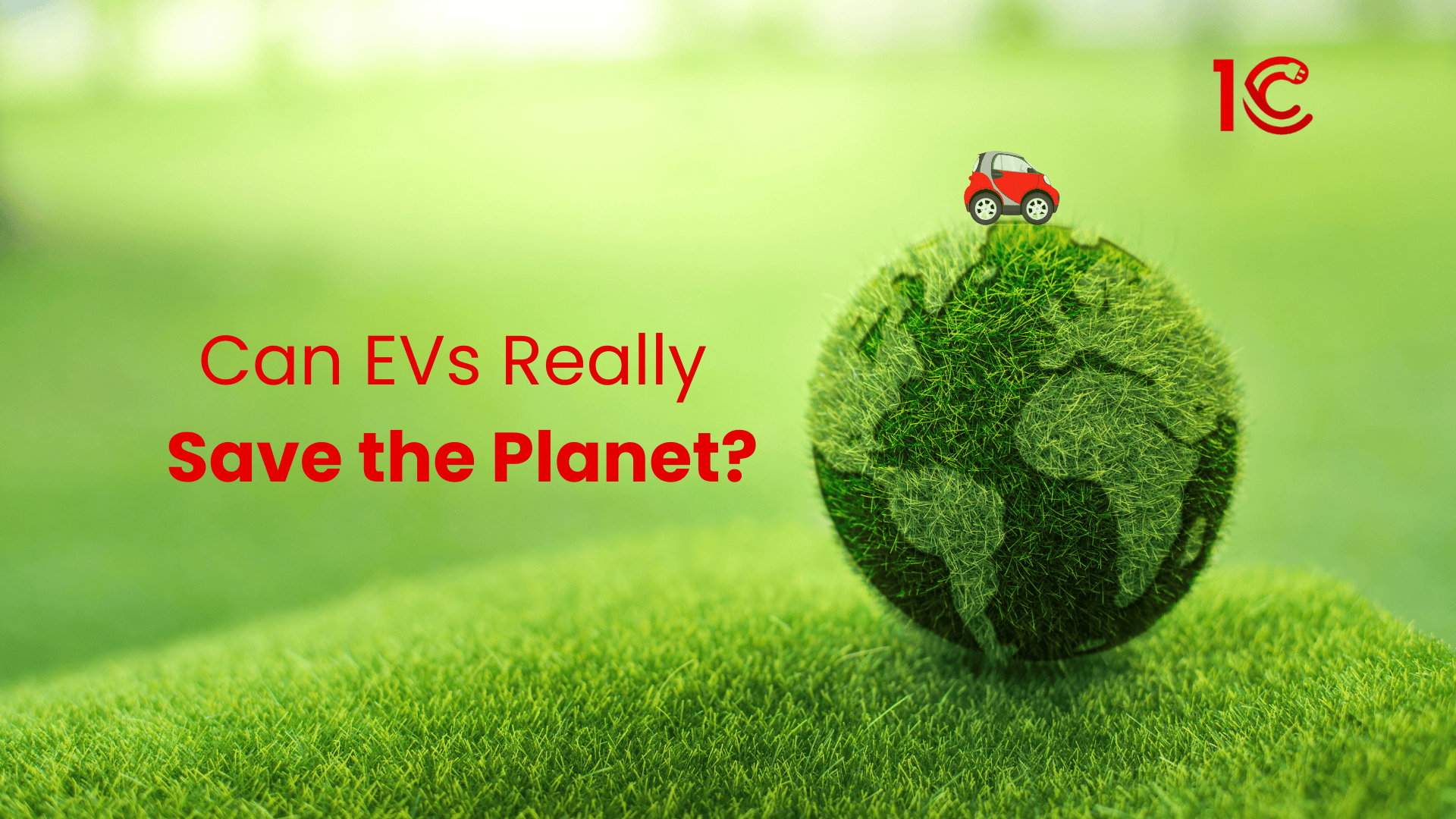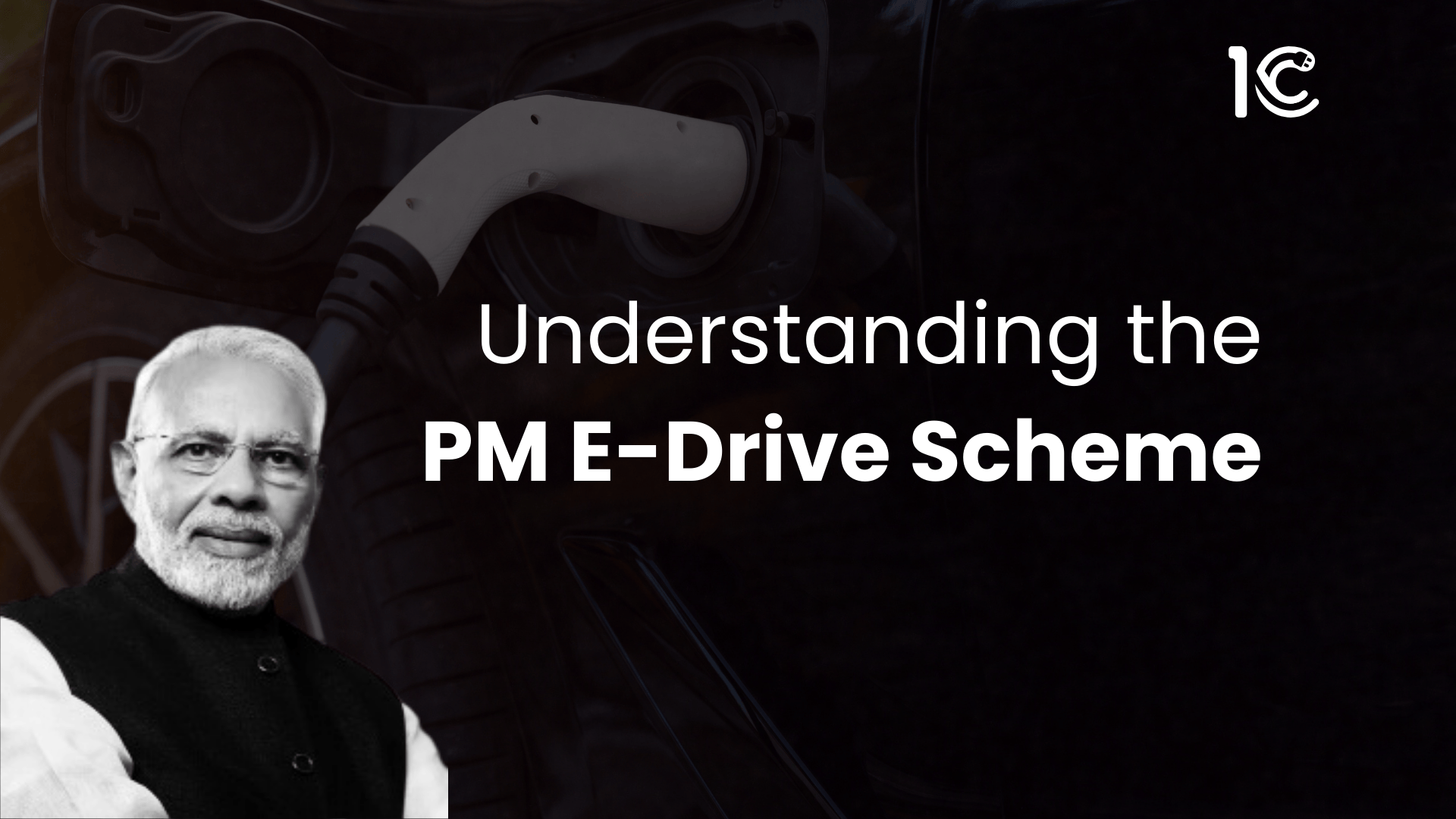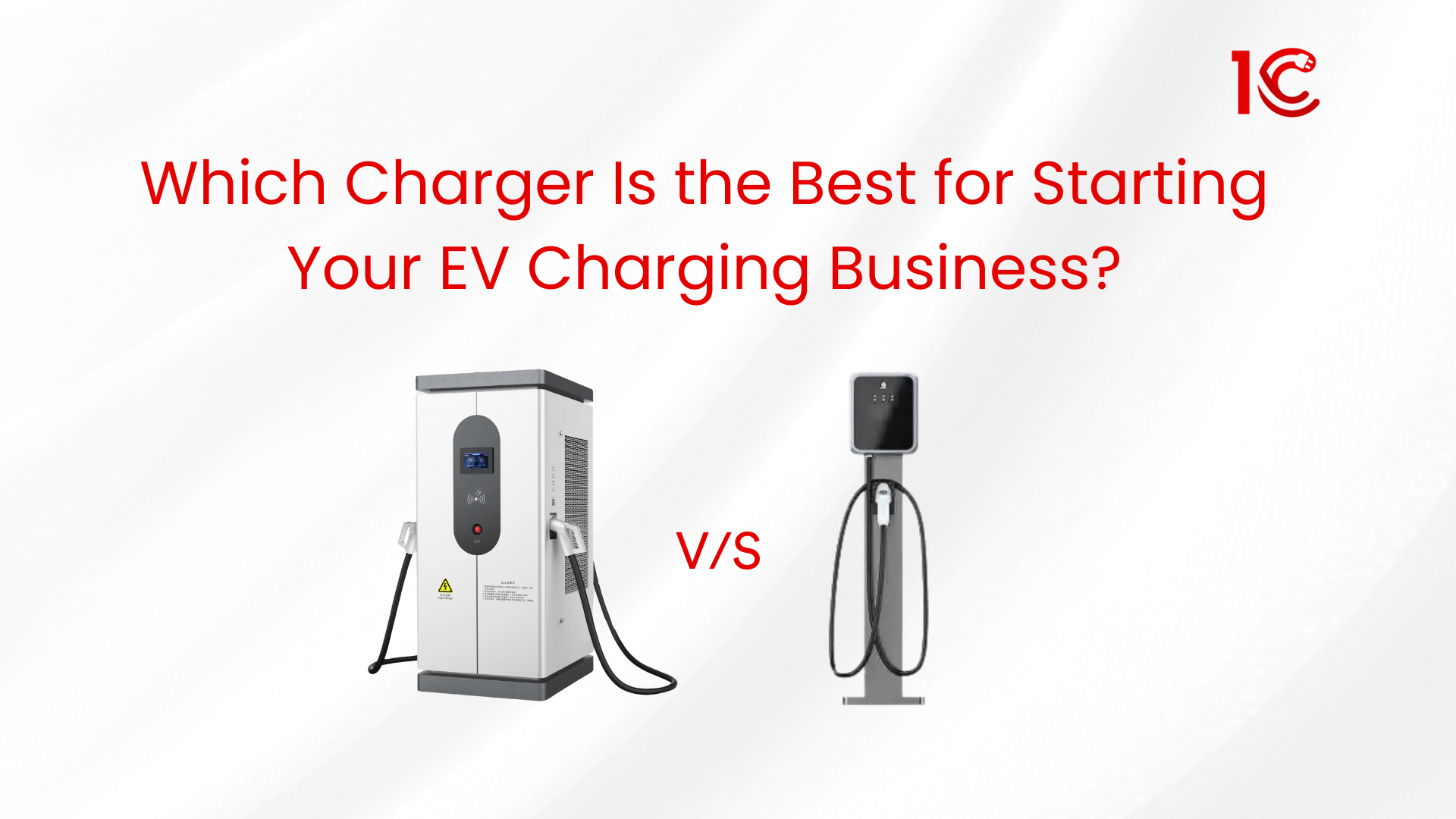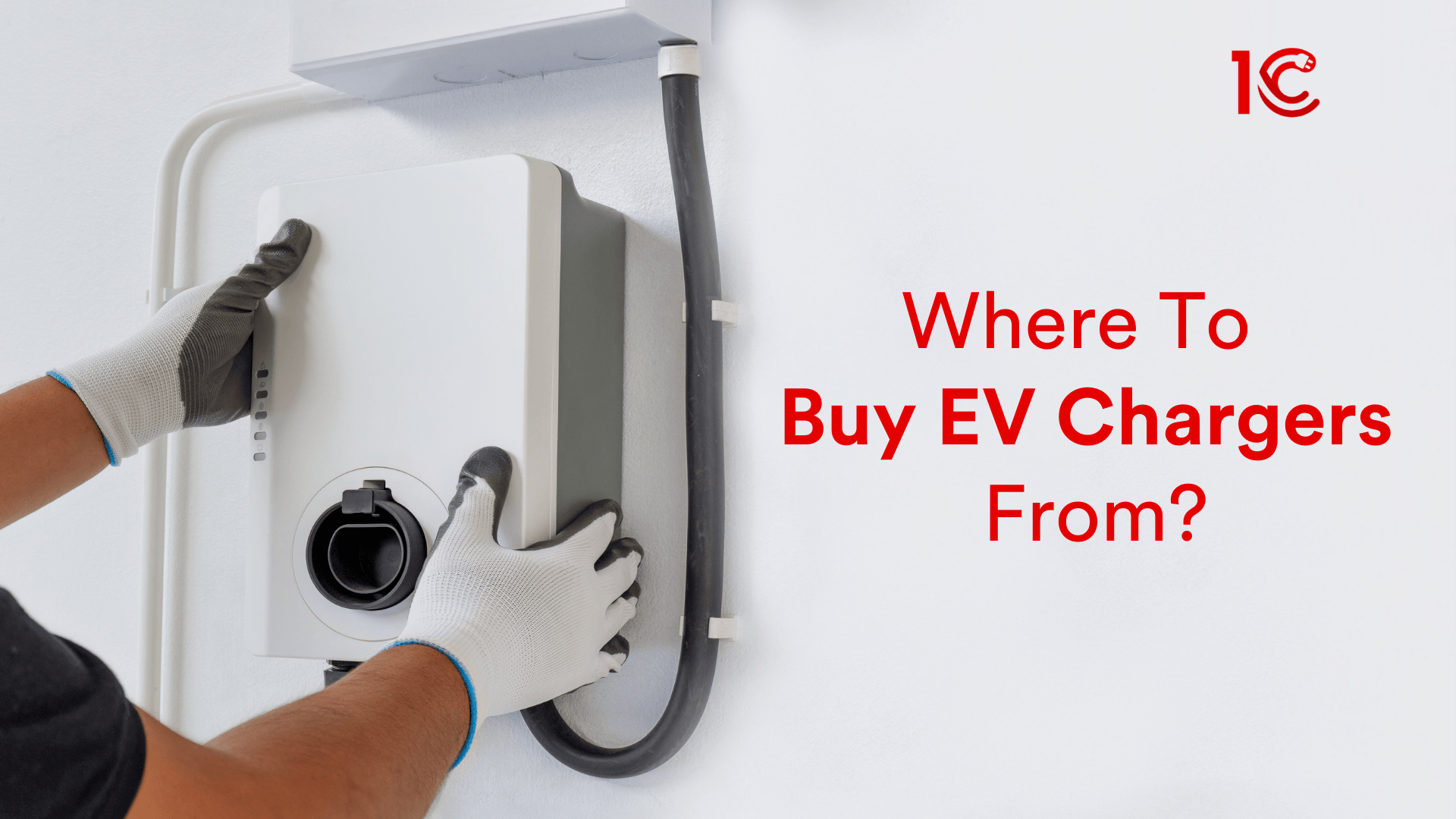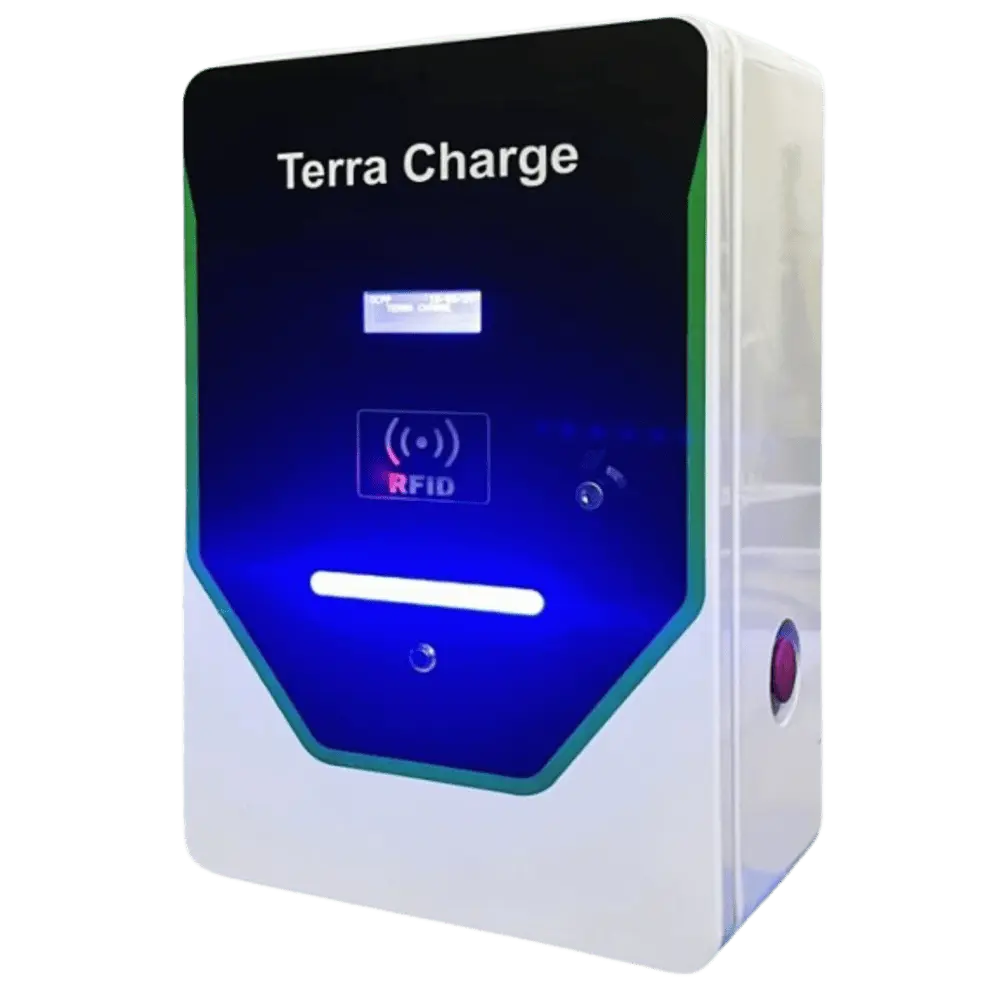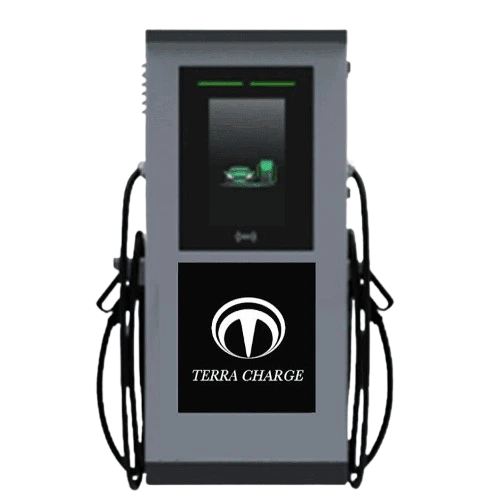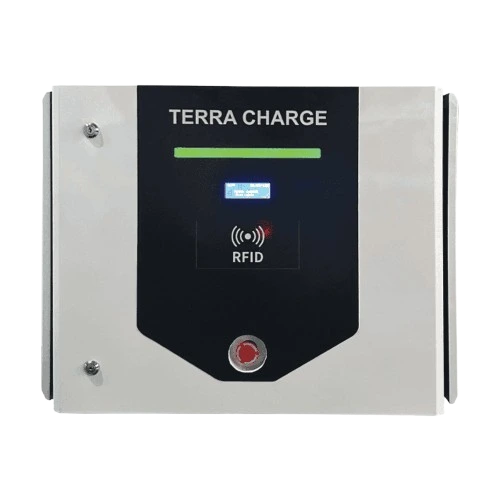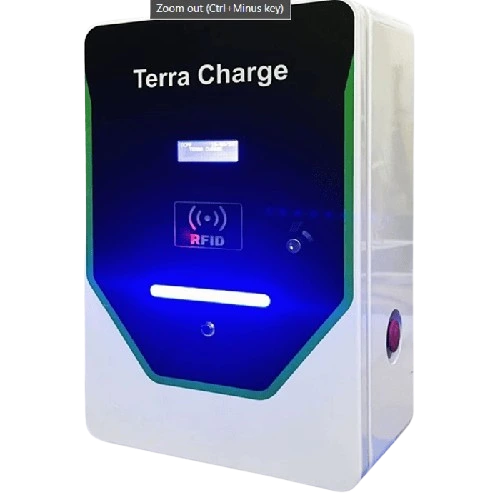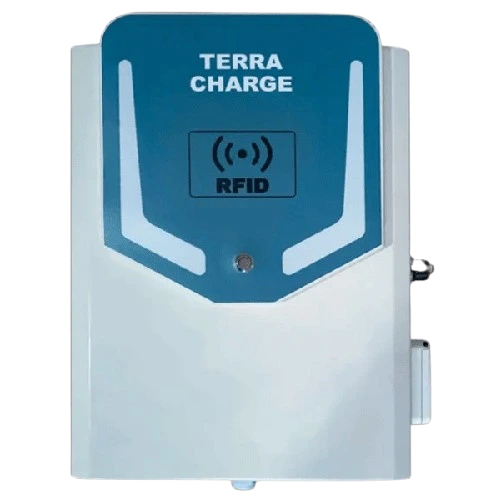Plug-In Electric Vehicles: Types, Benefits and Challenges
Plug-in hybrid electric vehicles (PHEVs) employ batteries to operate an electric motor and use an additional fuel, like gasoline or diesel, to drive an internal combustion engine or another propulsion source. PHEVs have the capability to recharge their batteries using charging equipment and by capturing energy through regenerative braking.
In the electric vehicle landscape, there are various types based on the energy used for propulsion, including Battery Electric Vehicles, Hybrid Electric Vehicles, Plug-In Hybrid Electric Vehicles, and Fuel-Cell Electric Vehicles powered by hydrogen. This article is focused on plug-in hybrid electric vehicles, which are subtypes that can be charged from the electric grid and are equipped with rechargeable battery packs. PHEVs combine an internal combustion engine with an electric powertrain, providing operational flexibility.
What is an Electric Vehicle?
An Electric Vehicle is a motor vehicle that uses electricity instead of fuel like petrol or diesel to run. An electric vehicle is an automobile technology advancement that emerged for more environmental and economic benefits. Electric vehicles have different types based on the energy used for propulsion.
- Battery Electric Vehicle
- Hybrid Electric Vehicle
- Plug-In Hybrid Electric Vehicle
- Fuell-Cell Electric Vehicle or Hydrogen powered Vehicles
What is a Plug-In Electric Vehicle?
A plug-in hybrid electric vehicle is a type of electric vehicle that can be charged from the electric grid and has rechargeable battery packs. These batteries work together with an internal combustion engine to drive the wheels for propulsion. Unlike conventional hybrid electric vehicles, PHEVs can be charged externally from an off-vehicle electric source. The term “plug-in electric drive vehicle” is used in U.S. federal legislation to classify vehicles eligible for federal tax credits based on factors like battery size and all-electric range. These vehicles are often called “electrically chargeable vehicles” in Europe for similar incentives. PHEVs are part of the broader category of plug-in electric vehicles, including battery-electric vehicles and electric vehicle conversions.
Types of Plug-In Electric Vehicles
Plug-in Hybrid Electric is a type of electric vehicle itself, yet it is further classified into different categories based on its features.
I. Series Plug-in Hybrid Electric Vehicles
In these PHEVs, the internal combustion engine is used only as a generator to produce electricity for the electric motor, which drives the wheels, and the engine does not directly power the vehicle.
II. Parallel Plug-in Hybrid Electric Vehicles:
The internal combustion engine and the electric motor are mechanically connected to the vehicle’s transmission. This allows for flexible power delivery and makes the vehicle capable of being powered by either the engine, the electric motor, or a combination of both.
III. Range Extender Plug-in Hybrid Electric Vehicles:
These PHEVs primarily operate using electric power, and the internal combustion engine acts as a generator to recharge the battery when its capacity is low. The engine doesn’t directly drive the wheels, serving solely as a range extender.
IV. Blended Plug-in Hybrid Electric Vehicles:
Combining features of both series and parallel PHEVs, blended PHEVs allow for various power sources to contribute to driving the wheels. The internal combustion engine and electric motor work together to optimise efficiency and performance.
Working of Plug-In Hybrid Electric Vehicles
Plug-in hybrid electric vehicles operate on a similar principle to standard hybrid cars, with the main distinction being a larger battery pack that requires external charging.
1. Initial Electric Mode: PHEVs typically initiate operation in an all-electric mode, where the electric powertrain independently propels the vehicle, relying solely on electric power.
2. Pure Electric Operation: The vehicle continues to operate purely on electric power until the battery pack’s charge is depleted. This mode is efficient for shorter distances and lower speeds.
3. Transition to Hybrid Mode: Some PHEVs switch to hybrid mode, combining the electric motor with the internal combustion engine, particularly at cruising speeds. This optimises efficiency during certain driving conditions.
4. Shift to Conventional Mode: When the battery charge is exhausted, the IC engine takes over, and the vehicle functions like a conventional petrol or diesel car. This ensures continued mobility beyond the electric-only range.
5. External Charging: You can plug the car into a wall socket to fill up the battery. This makes sure the car is all set for the next time you want to drive using only electricity.
6. Regenerative Braking: The battery receives additional charge through regenerative braking, where kinetic energy is converted into electric energy during braking. Additionally, the IC engine contributes to charging the battery when needed.
Components of Plug-In Electric Vehicles
Plug-in electric vehicles have several key components that work together to make them run. Here are the main parts:
1. Battery Pack: This is like the heart of the PEV. It stores electricity and powers the electric motor.
2. Electric Motor: The motor is what turns the wheels. It gets its power from the battery pack.
3. Charging Port: This is where you plug in the PEV to charge the battery. It’s like the vehicle’s power source.
4. Power Control Unit: The PCU manages the flow of electricity between the battery and the motor. It ensures everything works smoothly.
5. Onboard Charger: This component converts the electricity from the grid into a form that the battery can use.
6. Thermal System: Keeps the battery and other components at the right temperature. It’s like the PEV’s cooling system.
7. Electric Drive System: This includes the electric motor, transmission, and other parts that make the wheels turn.
8. Regenerative Braking System: Captures energy when you brake and uses it to recharge the battery. It’s like recycling energy.
9. Vehicle Control Unit (VCU): Acts as the brain of the PEV, coordinating the different systems for efficient performance.
10. Inverter: Converts the direct current from the battery to alternating current the electric motor needs.
Advantages of Using Plug-In Electric Vehicles
The Plug-In Hybrid Electric Vehicle has several advantages such as:
- Reduced Emissions: PHEVs improve air quality and emit lower greenhouse gas, aligning with environmental goals. They operate in all-electric mode, emitting no harmful pollutants from the onboard power source.
- Well-to-Wheel Considerations: PHEVs offer environmental benefits depending on the source of electricity used for recharging. While all-electric mode has zero emissions, a comprehensive assessment requires considering the fuel and technology used for electricity generation.
- Lower Operating Costs: PHEVs demonstrate lower operating and maintenance costs compared to traditional internal combustion vehicles. Their efficiency in converting stored energy to propulsion, regenerative braking, and fewer mechanical breakdowns contribute to cost savings.
- Energy Efficiency: Electric motors in PHEVs are more efficient in converting stored energy into vehicle propulsion, resulting in higher onboard efficiencies (around 80%) compared to conventional gasoline engines (typically around 15%).
- Lower Maintenance Costs: PHEVs have reduced maintenance costs due to fewer mechanical breakdowns, longer-lasting components, and the absence of routine maintenance tasks such as oil changes.
- Reduced Oil Dependence: PHEVs contribute to lessening dependence on imported oil, which is particularly significant for developing countries, leading to improved economic conditions and a more resilient energy supply.
- V2G System Opportunities: PHEVs enable users to sell stored electricity back to the power grid, supporting utilities in managing demand peaks efficiently. The Vehicle-to-Grid (V2G) system takes advantage of idle times when vehicles are parked, potentially providing utilities with valuable services and financial benefits.
Challenges and Considerations
- PHEVs are more expensive than traditional and hybrid electric vehicles because they use lithium-ion battery packs.
- Not everyone has a supportable charging point to charge their PHEV at home, which makes it difficult for those without easy access to charging points.
- Finding a public charging spot can be tough, and it takes longer to charge a PHEV than to fill up a traditional car with gas.
- Building more charging spots requires big investments from companies and the government.
- If many PHEVs charge up simultaneously, it might put too much strain on the local power grid. Charging during off-peak times can help avoid this.
- The batteries in PHEVs could catch fire in extreme situations, even though there are safety measures in place.
- Range anxiety is a concern for people as they might get worried about how much distance it will cover in a single charge, and PHEVs can be very quiet, which might be a problem for those who are visually impaired.
- Car dealerships are essential, but some may need clarification about selling PHEVs due to lower profits and longer selling times than regular cars.
Also Check: Sodium-Ion Battery
Environmental Impact of Plug-In Electric Vehicles
Plug-In Hybrid Electric Vehicles have both positive and negative environmental impacts.
Positive Environmental Impact
- Reduced Emissions: PHEVs cut down air pollution and greenhouse gas emissions, emitting zero pollutants in all-electric mode for better air quality.
- Lower Carbon Footprint: PHEVs with bigger batteries have a lower carbon footprint, especially in city traffic with frequent stops operating in pure electric mode.
- Fuel Efficiency: PHEVs are more fuel-efficient than traditional vehicles, lowering fuel consumption and emissions.
- Less Dependency on Fossil Fuels: PHEVs decrease reliance on traditional fuels by encouraging shorter trips on electricity, potentially sourced from renewables.
Negative Environmental Impact
- Battery Production and Recycling: Producing and recycling PHEV batteries can contribute to pollution and resource depletion.
- Charging Infrastructure Impact: Developing PHEV charging infrastructure consumes energy and resources, with short-term environmental impacts.
- Electricity Source: PHEV environmental benefits depend on electricity sources; fossil fuel-generated electricity may not yield positive impacts.
- Manufacturing Impact: PHEV manufacturing involves energy-intensive processes, but advancements can mitigate greenhouse gas emissions.
FAQs
1. What is Better, a Hybrid or Plug-in Hybrid?
Comparing a Hybrid and a Plug-in Hybrid is subjective and depends on individual needs. Hybrids use both a traditional engine and electric power, which is suitable for short trips. Plug-in Hybrids can run on electric power for longer distances but need charging. The better choice depends on your driving habits and charging accessibility.
2. What is the Disadvantage of Plug-in Hybrid?
The disadvantage of a Plug-in Hybrid is that it requires regular charging. If you don’t have access to charging stations, you may rely more on the traditional engine, reducing the environmental benefits. Additionally, Plug-in Hybrids tend to have a higher upfront cost compared to non-plug-in hybrids.
3. What is Considered a Plug-in Hybrid?
A Plug-in Hybrid is a type of hybrid vehicle that can be charged by plugging into an electric power source. It combines a traditional internal combustion engine with a larger battery and an electric motor. This allows for electric-only driving for a certain range before the gasoline engine kicks in.
4. What is the Difference Between a Plug-in Hybrid and a Full Hybrid?
The main difference between a Plug-in Hybrid and a Full Hybrid lies in the ability to drive on electric power alone. A Plug-in Hybrid can travel a significant distance solely on electric power, while a Full Hybrid primarily uses the electric motor to assist the gasoline engine but typically can’t cover long distances on electric power alone. The plug-in feature is the key distinction.
Related Articles >>>
Understand the evolution of transport from horse carts to electric vehicles and explore how EVs are driving us toward a greener future!
Key considerations for successful EV charging infrastructure planning: site selection, utility integration, installation, and operational efficiency.
An authoritative guide to bust the most common myths about electric vehicles, making it easier to understand the real benefits of EVs.
Understand the powerful synergy between renewable energy and EV charging stations, shaping a cleaner and more sustainable future. Read on to learn more.
Can EVs really save the planet? Learn more about the environmental benefits and challenges of EVs, and how they fit into a larger sustainability strategy.
The PM E-Drive Scheme is a major step for driving the growth of EVs in India. Learn more about how it will impact the EV industry, businesses & consumers.
Looking to start an EV charging business? Learn which charger — AC or DC — is best for your budget, location, and customers. Read more now!
Looking to buy an EV charger but unsure where to start? As the EV market booms, finding the right platform for a reliable, high-quality charger is essential. In this article, we compare three leading options: Amazon, IndiaMART, and 1C.


